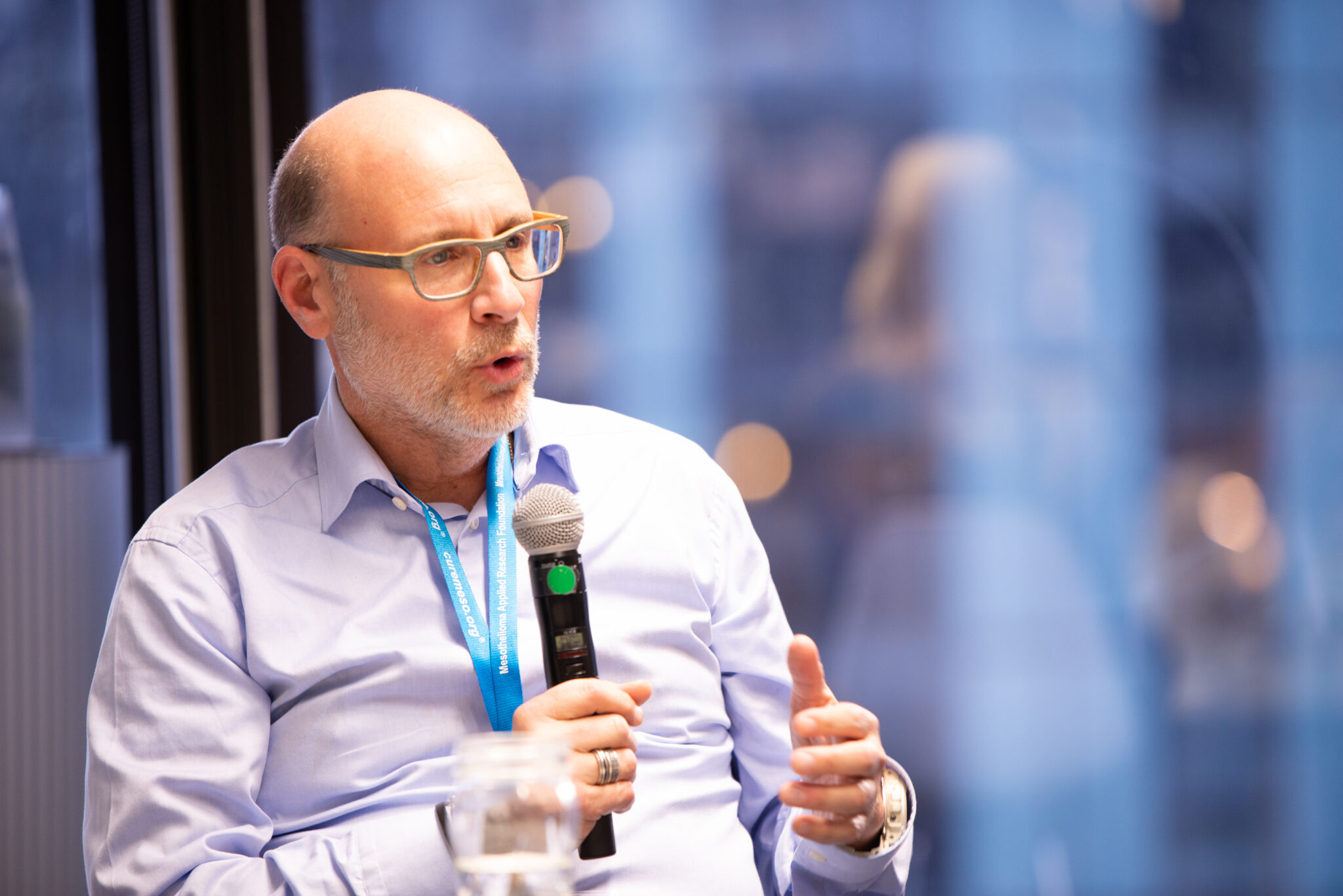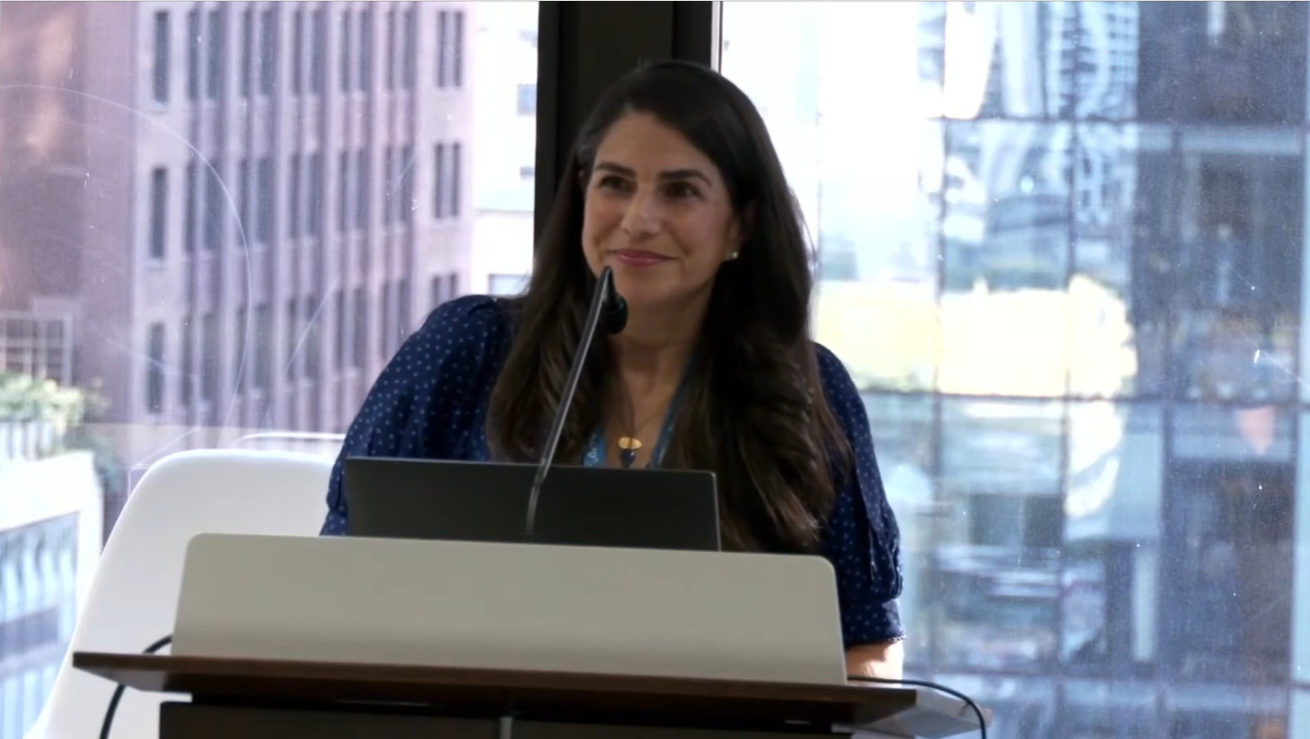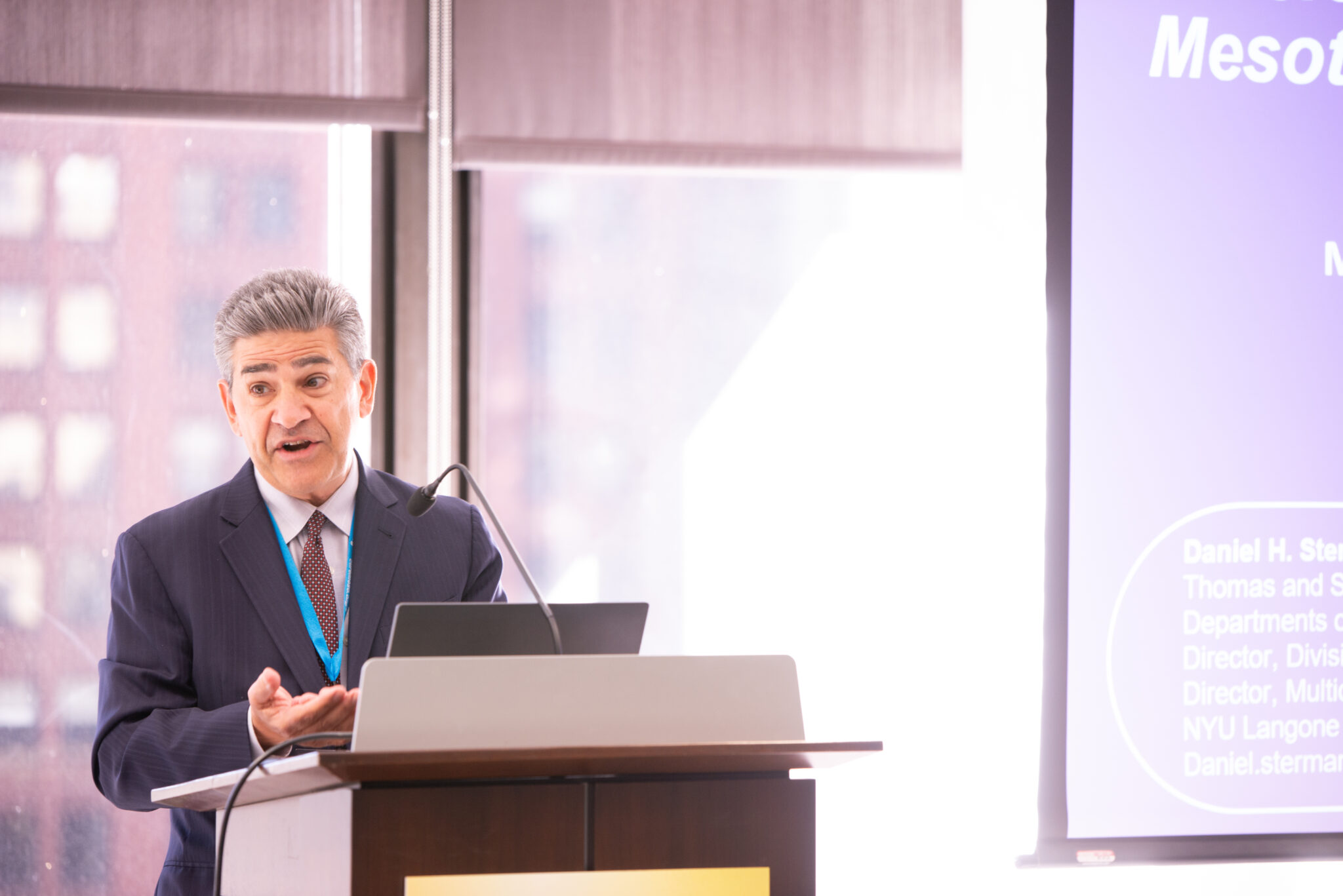by Christopher Graham
My dad was able to come back up to help out following my discharge. I was finally set free on post-op day 10. It was a Saturday morning, probably around 11 AM when I finally got out. Earlier that day, and even though I already had all of these vaccinations, I got repeat vaccines for the “encapsulated bacteria.” It doesn’t really matter what they are, but after they take out your spleen, you’re more vulnerable to infections from encapsulated bacteria, so they have to give you booster vaccines. So right before I left, I had 3 intramuscular injections for the vaccines: two in the legs and one in the arm. I also needed a shot to help stimulate my bone marrow to make more red blood cells, because I had become pretty anemic during the hospitalization – I actually got 4 or 5 units of blood while in house.
So my legs and arms were super sore as they rolled me down to the car. You’re not allowed to walk as a patient, even if you can. They can’t have someone making the mistake of falling down on their watch. Admittedly, I was glad I didn’t have to walk on that particular trip, but there’s something rather odd about having a grown human being push you around in a wheelchair when you’re perfectly capable of walking around on your own two feet. I hobbled over to the car and got in. I was finally free!
But I wasn’t going home quite yet. At the time, we were living in an old house in a historic part of the city, and the stairs in the house were extremely steep. You get used to it after a while, but, for example, my dog had to learn how to go up and down them differently than normal stairs because they’re so steep. I was worried about my ability to get around on the stairs, so my dad decided to come up for a few days and help me out after discharge. I opted to stay in the hotel with him rather than try to go home. We were able to get a handicapped room which really helped with showering.
We went to the grocery store that night because we were just going to eat some food in the hotel room. I also wanted to walk around and see what, if anything, seemed like it would be something I could eat. Fruit, of all things, was the easiest thing to get down. After almost not eating for a week straight, food tastes just a bit different when you come back to it. I noticed that fruit now tasted extremely sweet to me, almost to the point of being a treat like candy. Anything that had processed sugar in it was so overwhelmingly sweet that I found it repulsive. I really think all the crap we use to make food these days is exactly why we have this obesity epidemic. We’ve found a way to quickly and easily pack a ton of calories into cheap garbage foods, and we’ve gotten so used to that kind of stuff that foods we should eat no longer taste as appealing, by comparison. But that’s just, like, my opinion, man.
So we picked up a few things. I got my 8 bajillion different medications at the pharmacy, and we headed back to the hotel. We didn’t really do much while my dad was here. I didn’t feel like doing much of anything except moving from one chair to another and popping pain and/or nausea medicine when I needed it. One day, right before pops had to head home, my abdomen randomly started screaming in agony again, just like it had way earlier in the immediate post-op period. I looked down at the area where it hurt, and a teeny tiny part of the wound had separated a bit. I pulled the skin close together and put a few steri-strips (really good Band-Aids, more or less) across it to hold it together. The pain got a lot better after that. If it hurt that much just from a very small part opening up, I wasn’t quite sure how I survived the first night. Dilaudid must be a hell of a drug.
We passed the days pretty much just visiting, until it was time for my dad to head back. It was also just about time for my first session of outpatient dialysis. I went in for the first one and filled out a ton of paperwork, though that part didn’t surprise me. It’s a big deal to be on dialysis. The way it works, the process of it anyway, is that you come in three times per week for 3-4 hours each time. You get weighed to make sure you’re not accumulating too much fluid. Then you go to your chair. I would dig my tunneled line catheters out from under my shirt and pull them over the collar. Then they hook you up to the machine, one tube for inflow and the other for outflow, and then you sit and wait until you’re done. They weigh you again afterward. For some people, they remove fluid and want your weight to be less than it was when you started. For me, we were just “cleaning” the blood. My kidneys managed the fluid volume okay on their own.
Just like the hospital, it’s pretty boring. At least at the outpatient center I could bring my laptop. They had a decent internet connection, so I watched a bunch of Netflix. Daredevil will forever be associated in my mind with hemodialysis. You also have a fairly comfy chair to sit in at the outpatient center. I think I made it through maybe 2 or 3 sessions of outpatient dialysis before the next problem cropped up. After dialysis one day, my arm and right neck felt pretty tight and were starting to hurt. I didn’t quite put two and two together until I saw myself in the mirror. The right side of my face and neck were swollen. That little dip that you have behind the collar bone was totally gone, and that skin was actually pushing out the other direction.
I knew immediately what it was: I had a blood clot in my right internal jugular and subclavian veins. It shouldn’t have been a surprise, really. After they took out my spleen, my white blood cell count and platelets went through the roof. That’s expected after removal of the spleen, but the lab values were still elevated to about 5 times the normal values, each. Platelets are the things that actually form blood clots, and I had way too many of them running around. On top of that, when you start listing the risk factors for blood clots, I had almost all of them: cancer, recent surgery, immobility, indwelling foreign device. The only one I was missing was pregnancy, which was good because I was in no condition to be pregnant, even if I wanted to be. When I went to the ER, I told them I had a “deep vein thrombosis,” or DVT. A clot in my right arm. That was my chief complaint. I told them why I thought it was that, and it was such a slam dunk diagnosis that they didn’t even bother doing any imaging tests and just started me on blood thinners.
They even briefly mentioned something about possibly using some of the newer oral blood thinners where you don’t have to get tested multiple times a week. I was hopeful I could go home the next day, but after only a few short days of freedom, I was actually about to spend another week in the hospital.
Read the previous installment by Christopher Graham here: Chapter 5 | Part 3: Knowing When to be Your Own Advocate
Christopher Graham is a radiologist who was diagnosed with peritoneal mesothelioma in early 2016 at the age of 32, two months after he was engaged to his now-wife. He has since undergone two major surgeries, intra-abdominal chemotherapy, and has had many significant complications as a consequence of his treatment. He currently lives in Columbus, Ohio with his wife Nicole and their two dogs. Christopher plans to finish residency and fellowship after treatment, and he and his wife are trying to get their lives back to something resembling normalcy after dealing with such a devastating diagnosis.




